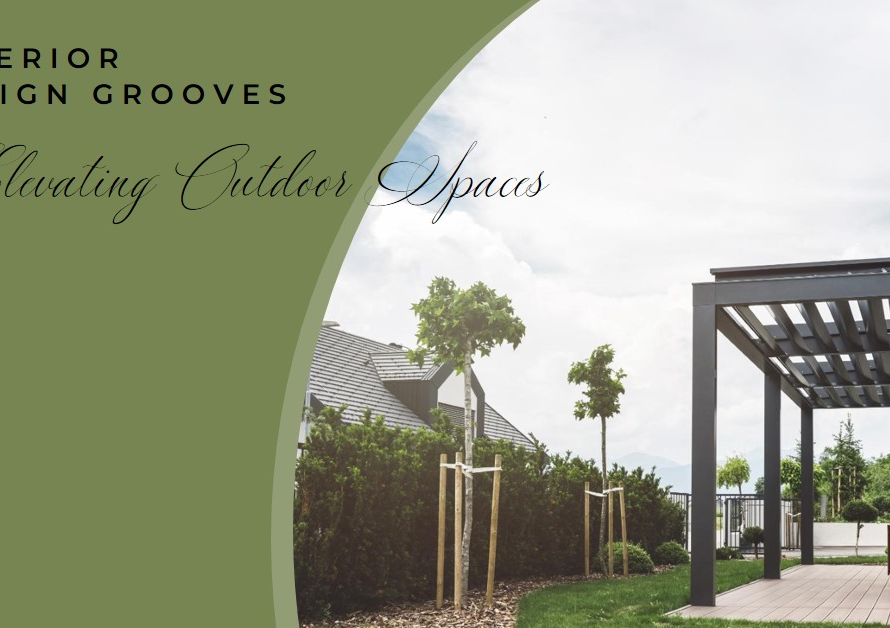
Table of Contents
Introduction:
Birmingham, a city steeped in history and culture, is renowned for its architectural splendor. From Victorian-era masterpieces to cutting-edge contemporary designs, Birmingham boasts a diverse array of architectural wonders waiting to be discovered. Join us on a captivating journey as we explore the city’s most iconic landmarks and hidden gems, each telling a unique story of innovation and creativity.
A Glimpse into Birmingham’s Rich Architectural Heritage:
Birmingham’s architectural landscape is a testament to its rich history and cultural significance. The city’s evolution from a small market town to a bustling metropolis is reflected in its buildings, each representing a different era and architectural style. One of the earliest examples of Birmingham’s architectural prowess is the stunning St. Philip’s Cathedral, a masterpiece of English Baroque architecture dating back to the 18th century. Its imposing façade and elegant interior make it a must-visit for architecture enthusiasts and history buffs alike.
Exploring Victorian Splendor:
The Victorian era left an indelible mark on Birmingham’s architectural identity, with many of its most iconic buildings dating from this period. One such gem is the Birmingham Museum and Art Gallery, a striking example of Victorian architecture characterized by its grandeur and ornate detailing. Housing a vast collection of art and artifacts, the museum is not only a feast for the eyes but also a journey through time, offering insight into the city’s rich cultural heritage.
Embracing Modernism:
While Birmingham’s architectural heritage is deeply rooted in tradition, the city is also home to some cutting-edge contemporary designs that push the boundaries of innovation. The Library of Birmingham, with its futuristic façade and innovative use of materials, is a prime example of modern architecture at its finest. Designed by acclaimed architect Francine Houben, the library has become a symbol of Birmingham’s commitment to education and culture, attracting visitors from far and wide.
From Industrial Revolution to Urban Renaissance:
The Industrial Revolution brought unprecedented growth and prosperity to Birmingham, shaping its urban landscape in profound ways. The Jewellery Quarter, once the heart of Birmingham’s jewelry industry, is now a vibrant hub of creativity and innovation, dotted with historic buildings and modern studios. Walking through its cobbled streets, visitors can admire the elegant Georgian townhouses and Victorian factories that tell the story of Birmingham’s industrial past and its ongoing urban renaissance.


Green Spaces and Architectural Harmony:
Amidst the hustle and bustle of city life, Birmingham offers ample green spaces where architectural marvels coexist harmoniously with nature. Cannon Hill Park, with its picturesque lakes and manicured gardens, provides the perfect backdrop for some of the city’s most beloved landmarks, including the Grade II listed bandstand and the historic MAC Birmingham arts center. Whether enjoying a leisurely stroll or a picnic with family and friends, visitors can revel in the beauty of Birmingham’s architectural and natural treasures.
Preserving the Past, Building the Future:
Preserving Birmingham’s architectural heritage is not just about celebrating the past; it’s also about laying the foundation for the city’s future growth and development. The Custard Factory, a former industrial complex turned creative quarter, is a shining example of adaptive reuse, breathing new life into historic buildings while fostering innovation and entrepreneurship. By embracing sustainable design practices and incorporating heritage conservation into urban planning, Birmingham is ensuring that its architectural legacy remains vibrant for generations to come.
Architectural Gems Off the Beaten Path:
While Birmingham’s iconic landmarks often steal the spotlight, the city is also home to a wealth of hidden architectural gems waiting to be discovered. From charming Victorian terraces in the suburb of Edgbaston to the modernist masterpiece of the Rotunda, there’s no shortage of architectural delights to uncover off the beaten path. Exploring Birmingham’s lesser-known neighborhoods offers a glimpse into the city’s rich architectural tapestry and provides a deeper appreciation for its diverse built environment.
The Future of Birmingham’s Architectural Landscape:
As Birmingham continues to grow and evolve, the future of its architectural landscape holds endless possibilities. With ambitious projects such as the HS2 Curzon Street Station and the Birmingham Smithfield redevelopment on the horizon, the city is poised to redefine itself once again on the global stage. By embracing innovation, sustainability, and inclusivity, Birmingham is charting a bold new course towards a future where architectural excellence knows no bounds.
Conclusion:
In conclusion, Birmingham’s architectural wonders are a testament to the city’s rich heritage, creativity, and innovation. From historic landmarks to cutting-edge designs, each building tells a story of resilience and adaptation, shaping the identity of the city and inspiring generations to come. Whether exploring its iconic landmarks or uncovering hidden gems, Birmingham offers a journey through time and design excellence that is sure to captivate and inspire visitors from near and far.


